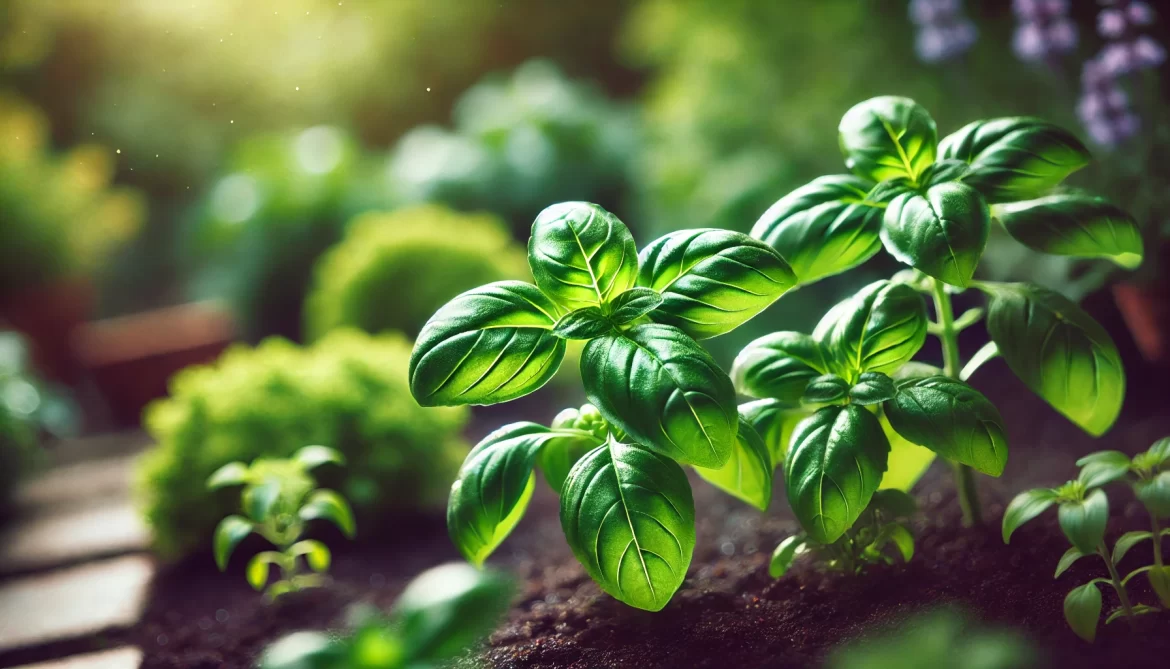Growing your own herbs in Alberta’s short but intense growing season can be incredibly rewarding. Even in Zone 3, there are many annual herbs that thrive, providing fresh flavors for your kitchen and beneficial properties for home remedies. Below are the top 10 picks, complete with their Latin names, common culinary and medicinal uses, planting tips, and harvesting cues.
1. Basil
Basil (Ocimum basilicum) is a versatile herb and a staple in Italian and Southeast Asian cuisines, perfect for creating pesto, flavoring salads and sauces, and adding a fresh garnish to various dishes. Medicinally, it’s also believed to aid digestion and relieve stress when steeped as a tea.
When to Plant:
- Start seeds indoors 6–8 weeks before the last spring frost.
- Transplant outdoors after all danger of frost has passed (often late May to early June in Alberta).
How to Tell It’s Ready to Harvest:
- Once the plant has at least 4–6 leaves on each stem, you can begin pinching off individual leaves or cutting stems just above a leaf node.
- Harvest regularly to prevent flowering and encourage bushy growth.

Tips for Successful Herb Growing in Alberta (Zone 3):
- Soil Preparation: Most herbs prefer well-draining, moderately fertile soil. Consider adding compost or well-rotted manure to boost soil quality.
- Sunlight: Aim for at least 6 hours of direct sunlight per day, though some herbs (like parsley and cilantro) can tolerate partial shade.
- Watering: Keep soil evenly moist, especially during the germination phase. Avoid waterlogged conditions.
- Frost Protection: Alberta’s spring and fall frosts can be unpredictable. Keep row covers or protective cloths handy to safeguard young plants or extend the growing season.
- Regular Harvesting: Many herbs respond well to frequent, light harvesting, which encourages new growth and prevents premature flowering (bolting).
Use this list of robust annual herbs as a starting point to enjoying fresh flavors and traditional remedies throughout the season. Experiment with different culinary recipes and herbal home remedies from herbs you’ve grown, and explore other herb varieties beyond those mentioned here for even more diverse flavours and benefits.
- A squirrel completely wrecked my plans - May 20, 2025
- Whole Wheat Bread - April 21, 2025
- Ham & Bean Soup - February 2, 2025
